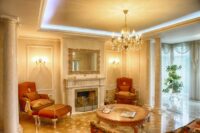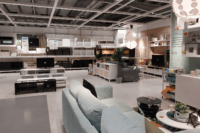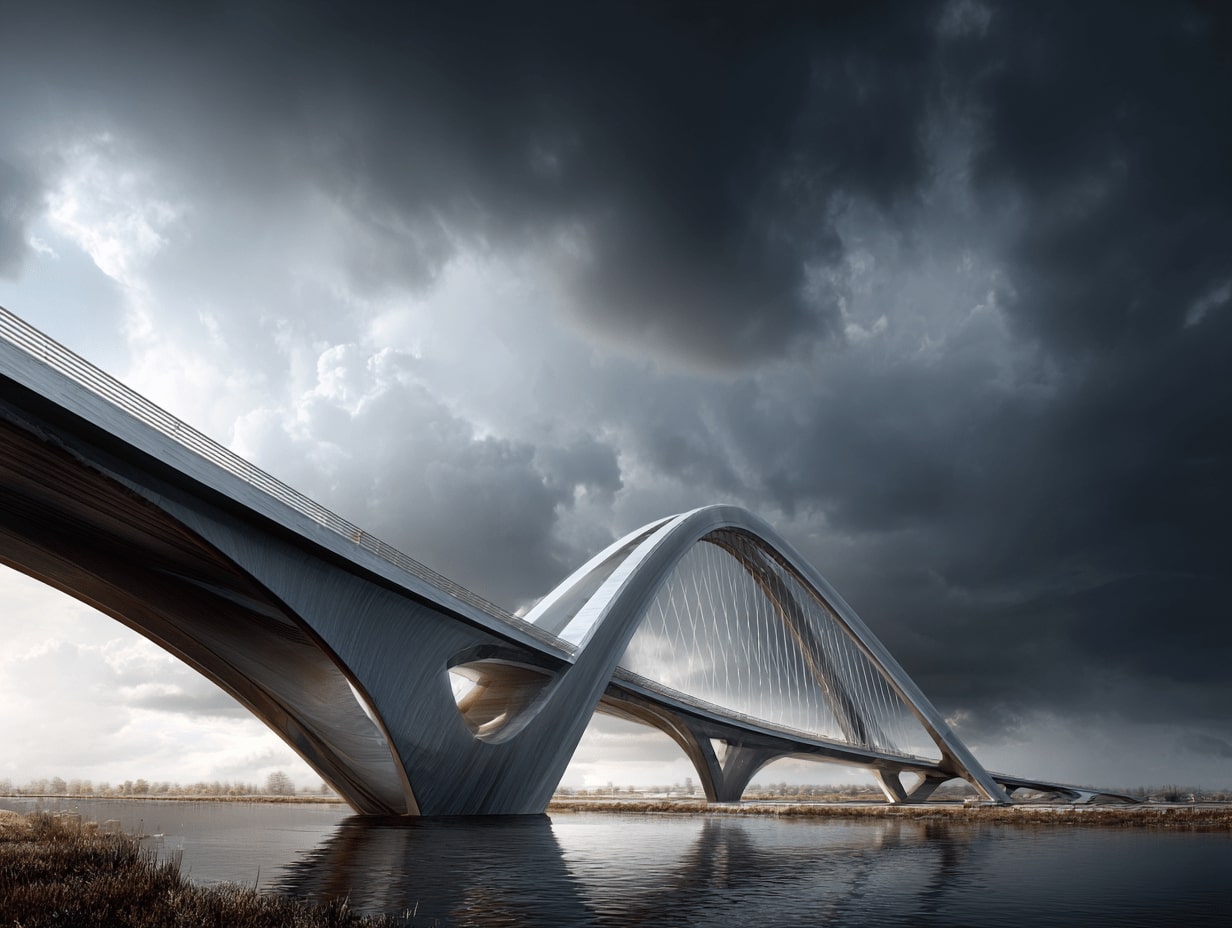- Home
- Articles
- Architectural Portfolio
- Architectral Presentation
- Inspirational Stories
- Architecture News
- Visualization
- BIM Industry
- Facade Design
- Parametric Design
- Career
- Landscape Architecture
- Construction
- Artificial Intelligence
- Sketching
- Design Softwares
- Diagrams
- Writing
- Architectural Tips
- Sustainability
- Courses
- Concept
- Technology
- History & Heritage
- Future of Architecture
- Guides & How-To
- Art & Culture
- Projects
- Interior Design
- Competitions
- Jobs
- Store
- Tools
- More
- Home
- Articles
- Architectural Portfolio
- Architectral Presentation
- Inspirational Stories
- Architecture News
- Visualization
- BIM Industry
- Facade Design
- Parametric Design
- Career
- Landscape Architecture
- Construction
- Artificial Intelligence
- Sketching
- Design Softwares
- Diagrams
- Writing
- Architectural Tips
- Sustainability
- Courses
- Concept
- Technology
- History & Heritage
- Future of Architecture
- Guides & How-To
- Art & Culture
- Projects
- Interior Design
- Competitions
- Jobs
- Store
- Tools
- More
Interior Design for Commercial Spaces: Enhancing Functionality and Brand Identity

For many modern businesses, designing an office space is both exciting and daunting. Interior design not only enhances aesthetics but also improves functionality and reinforces brand identity. With so much to gain—but often limited resources—knowing where to start can be challenging. However, by integrating digital tools into your property transactions, you can streamline the process, reduce costs, and minimize delays or unexpected fees.
So whether you are designing an office, a retail store, or a restaurant, using digital tools can be a key way to streamline your property transactions. It’s also helpful to contact professional commercial property solicitors, Eastbourne, in order to ensure you go through the process legally and cost-effectively.
In this article, we’ll walk you through how to make a plan for your office renovations, from the very beginning of the decision-making stages to the design and execution. We’ll explain how to integrate your brand into your interior design plans and use digital tools to realise your concepts, putting you on the right track to start your office design.
Table of Contents
ToggleUnderstanding the Purpose of Your Space
Before embarking on a design project, understanding the commercial space’s primary purpose is essential. This includes considering the nature of the activities that will take place and the type of clientele it will serve. An office space, for example, may prioritise functionality and ergonomics to boost employee efficiency, while a retail environment might focus more on creating an engaging customer experience.

Key Elements of Functional Design
To ensure the effectiveness of commercial interiors, several key elements should be considered:
- The spatial Layout: Efficient use of space is paramount. Consider open floor plans that promote collaboration in office settings or intuitive layouts in retail spaces that guide customers through product displays.
- The lighting: Proper lighting enhances visibility and can influence mood. Natural light is ideal, but well-placed artificial lighting can also achieve the desired effect.
- The acoustics: Sound control is essential in maintaining a conducive working environment or creating a comfortable shopping atmosphere. Consider materials that absorb sound or strategically placed partitions.
The Role of Brand Identity in Design
The design of a commercial space should reflect your brand’s identity. This involves using elements such as colour schemes, materials, and signage that align with your brand’s image and values. The design should communicate the brand’s story and ethos to employees and customers.
Understanding the principles of interior design for commercial spaces can assist in creating a cohesive and inviting atmosphere that resonates with your target audience. A well-designed space not only attracts more customers but also fosters a sense of loyalty and trust.

Balancing Aesthetic and Practical Considerations
In commercial interior design, striking the right balance between aesthetics and practicality can be a challenging task. While it’s important to create a visually appealing environment that attracts customers and clients, the design should not compromise on functionality.
For instance, a beautifully designed office space must also provide practical storage, workflow, and ergonomics solutions. Similarly, retail spaces should not only be enticing but also facilitate easy navigation and product accessibility.
It’s important, too, to pick a timeless design. To keep up on trends and make sure that you’re appealing to a look that’s worked for companies time and time again, you might consider reading the National Design Academy’s NDA Design News Blog, where they post top tips and advice columns from interior designers.
Incorporating Technology
The integration of technology in commercial spaces is increasingly essential. From smart lighting systems to interactive digital displays, technology can enhance both functionality and the customer experience. For instance, implementing smart office solutions can streamline operations and improve energy efficiency, while interactive displays in retail can provide engaging, personalised shopping experiences.
Moreover, technology can also support health and safety measures, which are increasingly important in today’s environment. Touchless entry systems, air quality monitors, and advanced HVAC systems can all contribute to a safer and more comfortable space for employees and customers alike.
Legal and Regulatory Considerations
When embarking on a commercial interior design project, being aware of relevant legal and regulatory considerations is crucial. Adhering to building codes, accessibility standards, and health and safety regulations ensures that the space is compliant and reduces the risk of potential legal issues. Consulting with professionals specialising in these areas can provide guidance and peace of mind.
For example, understanding the requirements outlined in the building regulations document index can help you navigate the regulatory landscape’s complexities. This knowledge can safeguard your business from costly mistakes and ensure that your design project progresses smoothly.
Sustainability in Design
Sustainability has become a critical component of modern interior design. By incorporating eco-friendly materials and energy-efficient systems, businesses can reduce their environmental impact while also appealing to eco-conscious consumers. Sustainable design features such as recycled materials, LED lighting, and energy-efficient appliances promote environmental stewardship and lead to cost savings over time.
Furthermore, designing with sustainability in mind can enhance brand reputation and demonstrate a commitment to corporate social responsibility. This approach attracts customers who value sustainability and creates a healthier and more pleasant environment for employees.
The Impact of Thoughtful Design
The importance of thoughtful interior design for commercial spaces cannot be overstated. A well-designed space enhances functionality, supports brand identity, and leaves a lasting impression on employees and customers. By integrating practical considerations with aesthetic elements, incorporating technology, adhering to legal requirements, and embracing sustainability, businesses can create environments that are beautiful but also efficient and future-proof.
Whether you are designing a new space or refurbishing an existing one, it is crucial to take a holistic approach that considers all aspects of the design process. By doing so, you ensure that your commercial space serves as a powerful tool in achieving your business goals and making a positive impact on everyone who experiences it.
Please be advised this article is for informational purposes only and should not be used as a substitute for advice from a trained legal or business professional. Please seek the advice of a legal or business professional if you’re facing issues regarding building regulations.
illustrarch is your daily dose of architecture. Leading community designed for all lovers of illustration and #drawing.
Submit your architectural projects
Follow these steps for submission your project. Submission FormLatest Posts
How Modern Bridges Balance Aesthetics and Engineering
How modern bridges balance aesthetics and engineering: explore form-driven systems, case studies,...
Exterior & Interior Remodeling Tips Every Homeowner Should Consider
Home upgrades reshape comfort, improve function, and strengthen long-term property value. Whether...
Top 8 Luxury Vacation Rentals Features Guests Love Most
A luxury vacation rental offers an entirely different experience than a typical...
Why Local Expertise Matters: Choosing the Right Plumbers in Townsville
Why Local Expertise Matters: Choosing the Right Plumbers in Townsville When it...












Leave a comment